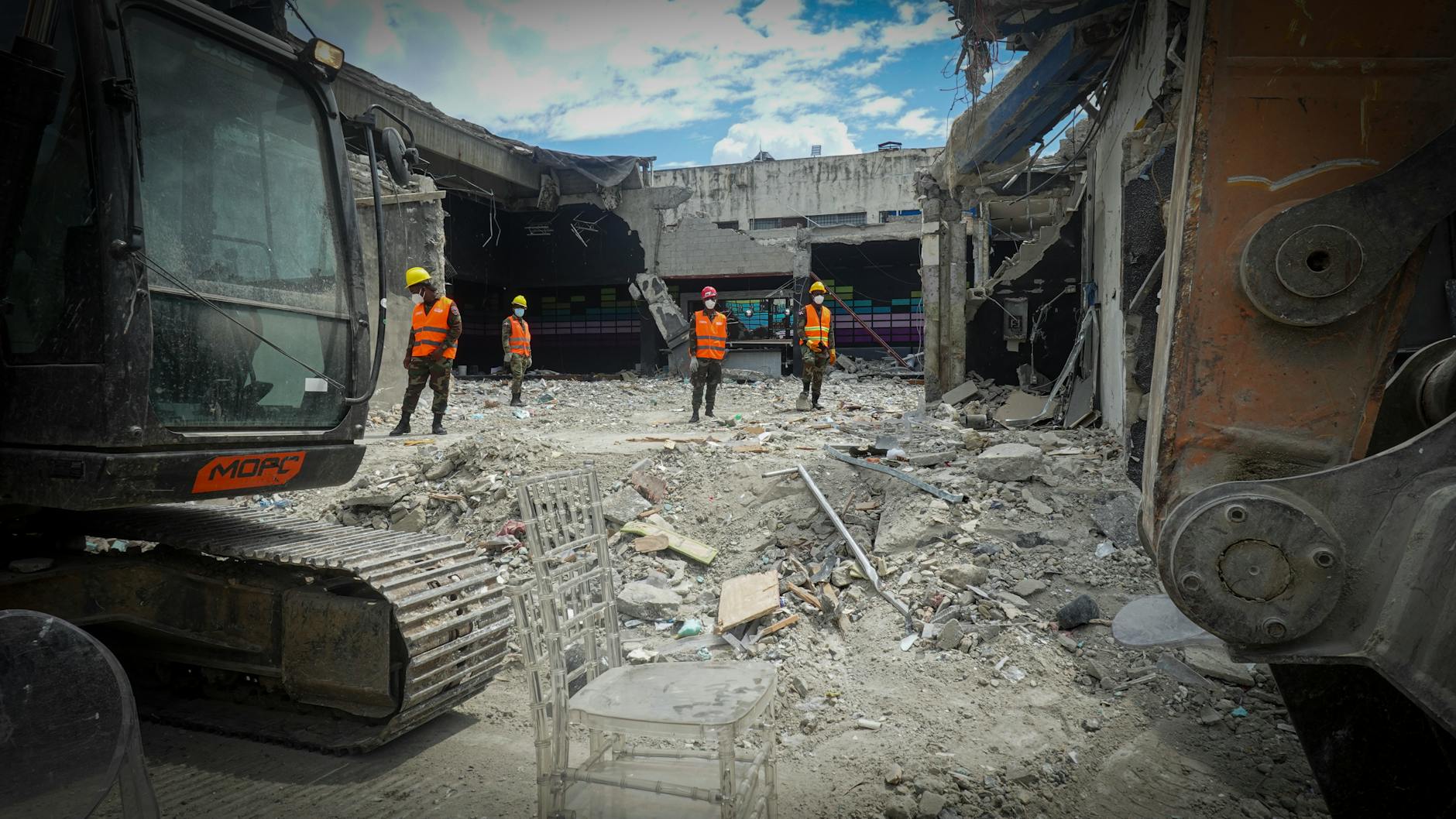
5 Construction Site Near-Miss Case Studies
Introduction
Near-miss incidents on construction sites are critical warnings that highlight potential hazards before they result in serious injuries or fatalities. By analyzing these cases, companies can improve safety protocols and prevent future accidents. This article explores five real-world near-miss case studies, their causes, and the lessons learned to enhance workplace safety.
Case Study 1: Falling Tool from Scaffolding
Incident: A worker accidentally dropped a wrench from a 20-foot scaffold, narrowly missing a colleague below.
Root Cause: Lack of toe boards and inadequate tool tethering.
Preventive Measures:
- Implemented mandatory tool lanyards.
- Installed toe boards on all scaffolding.
- Conducted safety training on dropped object prevention.
Case Study 2: Excavator Almost Strikes Worker
Incident: An excavator operator failed to see a ground worker in the blind spot, nearly hitting them.
Root Cause: Poor visibility and lack of spotter.
Preventive Measures:
- Enforced use of spotters for heavy equipment.
- Installed proximity sensors on machinery.
- Improved communication protocols via radios.
Case Study 3: Electrical Shock Near-Miss
Incident: A worker nearly touched a live wire while handling metal scaffolding near overhead power lines.
Root Cause: Insufficient clearance and no lockout/tagout (LOTO) procedures.
Preventive Measures:
- Established minimum safe distances from power lines.
- Trained workers on LOTO and electrical safety.
- Conducted daily hazard assessments.
Case Study 4: Slip on Unguarded Rebar
Incident: A worker slipped on protruding rebar but avoided impalement.
Root Cause: Missing rebar caps and poor housekeeping.
Preventive Measures:
- Mandated rebar caps on all exposed ends.
- Improved site cleanliness and walkway inspections.
- Added slip-resistant footwear requirements.
Case Study 5: Near-Collapse of Trench Wall
Incident: A trench wall showed signs of cracking, prompting an evacuation before a potential collapse.
Root Cause: Inadequate shoring and lack of soil analysis.
Preventive Measures:
- Strengthened trench shielding protocols.
- Required daily inspections by a competent person.
- Trained workers on trench collapse warning signs.
Conclusion
Near-miss incidents serve as crucial learning opportunities to prevent serious accidents. By analyzing these case studies, construction firms can identify common hazards, reinforce safety measures, and foster a proactive safety culture. Regular training, proper equipment, and strict adherence to OSHA guidelines are key to minimizing risks on-site.
Factory Accident Examples: What Went Wrong?
10 Near-Miss Discussion Examples (+Reporting Format)
Top 20 Near Miss Reporting Examples & Lessons Learned
Classification of Accidents in Safety
Examples of Near Miss Reporting
FAQs
What is a near-miss incident in construction?
A near-miss is an unplanned event that could have resulted in injury or damage but did not, often due to luck or last-moment intervention.
Why should near-misses be reported?
Reporting near-misses helps identify hazards before they cause harm, allowing for corrective actions to improve safety.
How can construction sites prevent near-misses?
Preventive measures include safety training, hazard assessments, proper PPE, equipment maintenance, and fostering a reporting culture.
What role do workers play in near-miss reporting?
Workers should promptly report near-misses to supervisors to ensure hazards are addressed before an accident occurs.
Are near-misses a sign of poor safety management?
Not necessarily—they indicate potential risks, but a strong reporting system shows a commitment to continuous safety improvement.
























